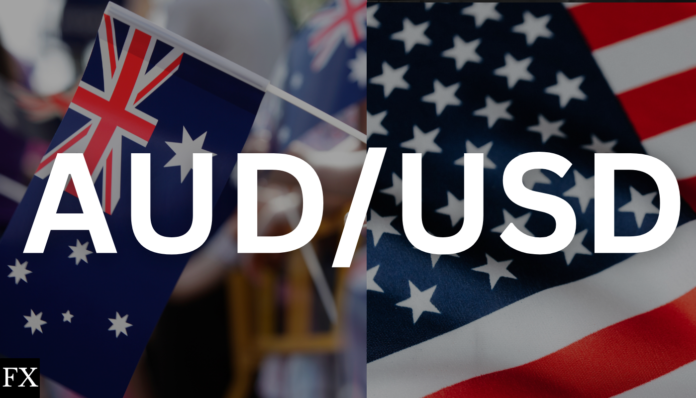The Australian Dollar (AUD) has experienced a downturn against the US Dollar (USD) after a mixed bag of economic data emerged this week. While employment figures in Australia showed a strong increase in December, a rise in the unemployment rate and a dip in consumer confidence have weighed on the currency.
Australian Labor Market: A Story of Two Sides
Australia’s labor market presented a complex picture. December saw a significant jump in employment, with 56,300 new jobs added, exceeding market expectations. This positive growth boosted the employment-to-population ratio to a record high. However, the unemployment rate also rose to 4.0%, up from 3.9% in November, indicating more people are actively seeking work. This rise in the unemployment rate contributed to the AUD’s weakening.
US Dollar Strengthens Amid Economic Data and Potential Rate Cuts
Meanwhile, the US Dollar has remained relatively steady, despite mixed US economic data. While the Consumer Price Index (CPI) and Producer Price Index (PPI) figures came in close to expectations, suggesting a potential slowing of inflation, the market is still anticipating that the Federal Reserve (Fed) may cut interest rates twice this year. This expectation has kept some downward pressure on the USD.
Key US Economic Data Points:
- CPI: Increased by 2.9% year-over-year in December and 0.4% month-over-month.
- Core CPI: Rose 3.2% annually and 0.2% monthly in December.
- PPI: Increased by 0.2% month-over-month in December and 3.3% year-over-year, the highest since February 2023.
Political and Policy Factors:
Recent comments from US President-elect Donald Trump’s economic team suggesting a gradual increase in import tariffs have contributed to a “risk-on” sentiment in the markets. This has influenced the AUD positively by initially bolstering it along with other risk-sensitive currencies. However, these positive effects appear to have faded with the focus now shifting toward the US interest rate outlook. Furthermore, the nomination of Scott Bessent as Treasury Secretary highlights the US’s commitment to maintaining the USD as the world’s reserve currency, which has supported its position.
Australian Consumer Confidence and RBA Rate Cut Expectations
Adding to the AUD’s woes, Australia’s Westpac Consumer Confidence Index fell by 0.7% to 92.1 points, signaling growing pessimism among consumers. This downturn has fueled speculation that the Reserve Bank of Australia (RBA) may lower its cash rate soon. Market expectations are currently pricing in a 67% chance of a 25-basis-point rate cut in February, with a full cut likely by April.
China’s Economic Stance
In other economic developments, China’s central bank (PBOC) has pledged to support the Chinese Yuan and indicated it will use various tools to ensure ample liquidity. China also plans to increase the fiscal deficit, reaffirming its intention to remain a driving force for the global economy. These steps from China have also indirectly influenced the global currency markets, creating a more complex backdrop to the Australian Dollar’s current weakening.
Technical Analysis: AUD/USD Pair at a Critical Point
The AUD/USD pair is currently trading around 0.6220, testing the upper boundary of a descending channel. A successful break above this level could weaken the current bearish sentiment. The 14-day Relative Strength Index (RSI) is showing signs of recovery, suggesting a potential move higher. The currency pair faces immediate resistance at 0.6220, with support levels around 0.6214 and 0.6206, potentially moving towards the lower channel boundary near 0.5920 if it falls.

Key Takeaways:
- The Australian Dollar weakened due to rising unemployment and a decline in consumer confidence despite robust employment growth in December.
- The US Dollar remains relatively steady amid anticipation of potential interest rate cuts by the Federal Reserve.
- Political and policy comments from both US and China are influencing the global market and currency valuations.
- Technical analysis indicates the AUD/USD pair is at a critical point, with the possibility of either a breakout or a further decline.
Ready to trade today’s AUD/USD forecast? Check out list of the top 10 Forex brokers in the world.

